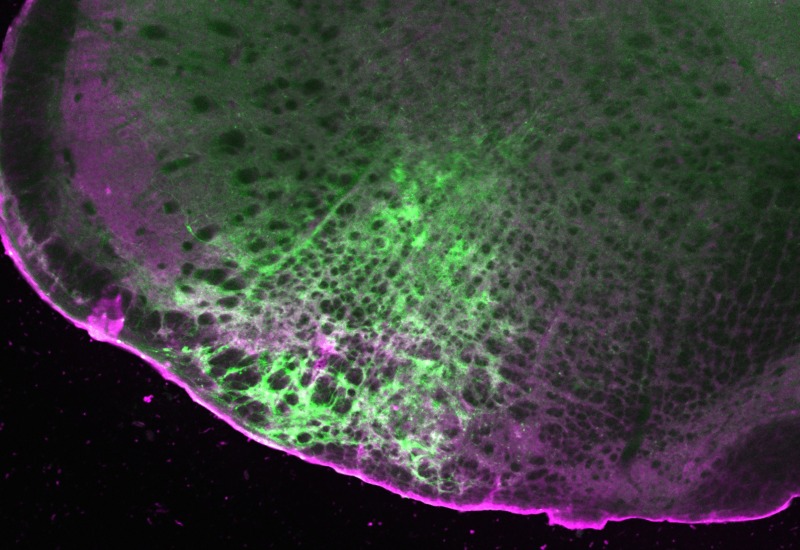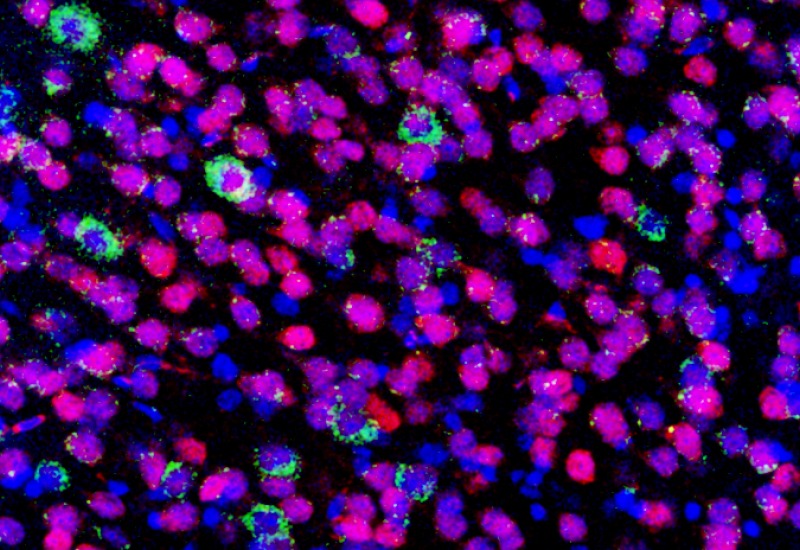Our research delves into the intricate molecular and neuronal mechanisms that harmonize internal states and sensory inputs, orchestrating the regulation of behaviors, focusing specifically on breathing and its interconnected behaviors.
By leveraging and integrating recent advances in modern neurobiology and neurogenetics approaches, we aim to unravel the neural control mechanism governing breathing and its associated behaviors across the molecular, cellular and circuit levels. Additionally, we seek to decipher how this finely orchestrated system becomes disrupted in pathological conditions.






